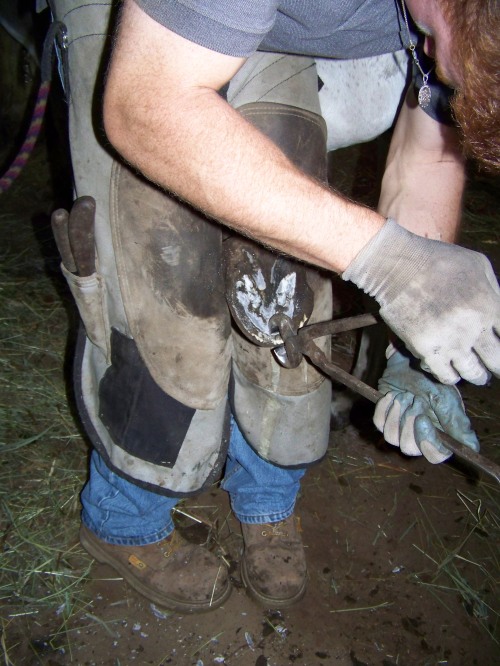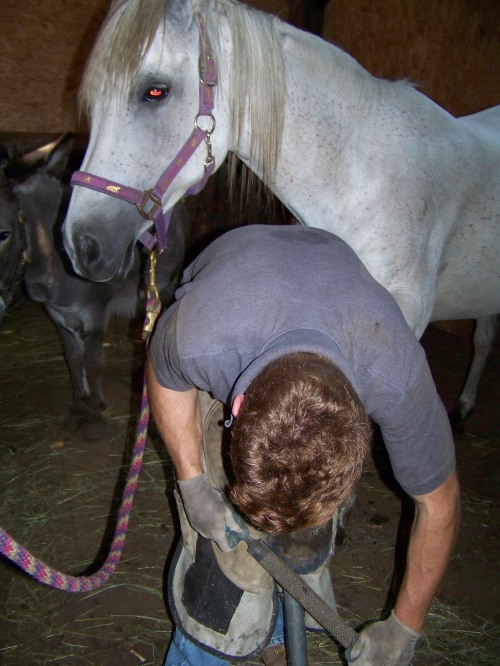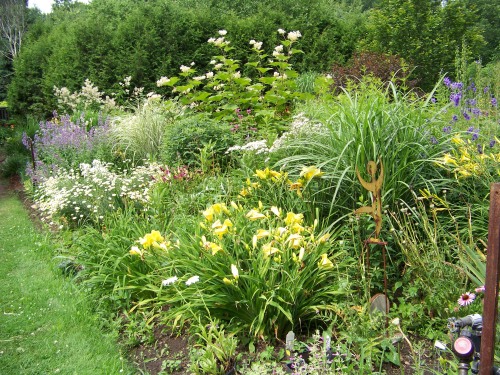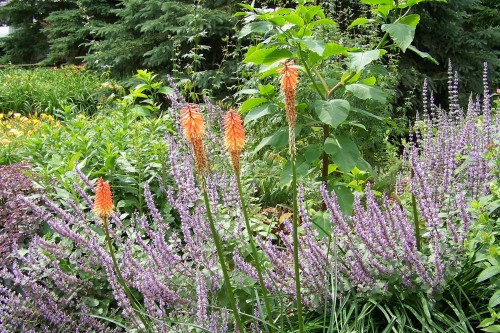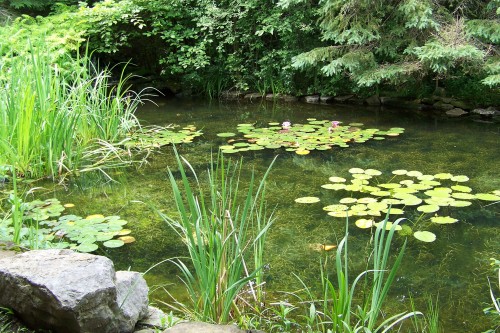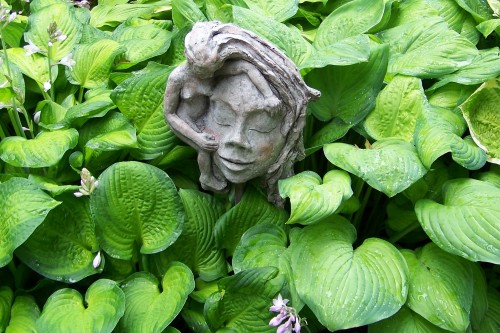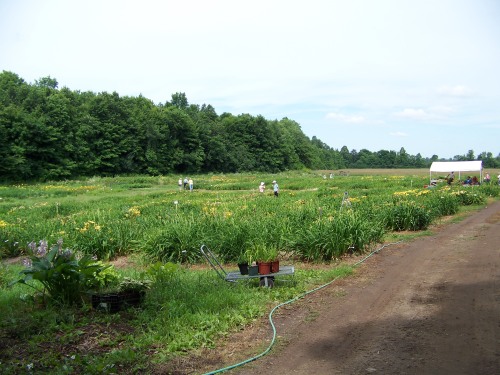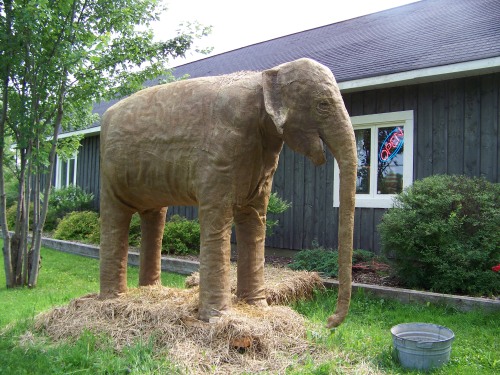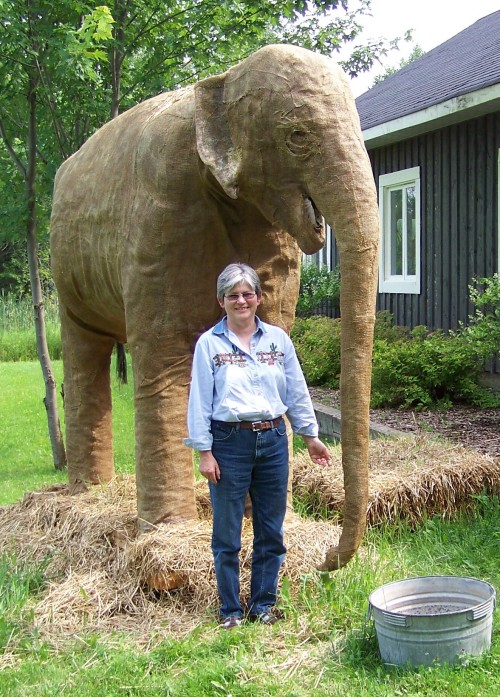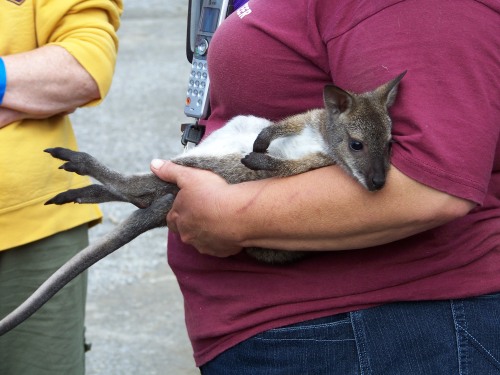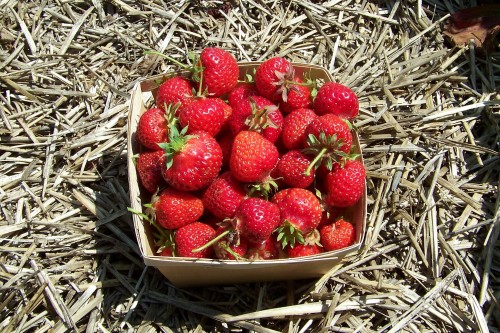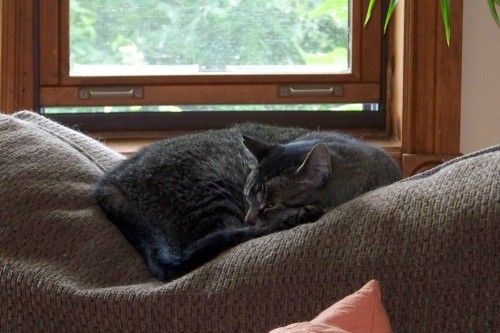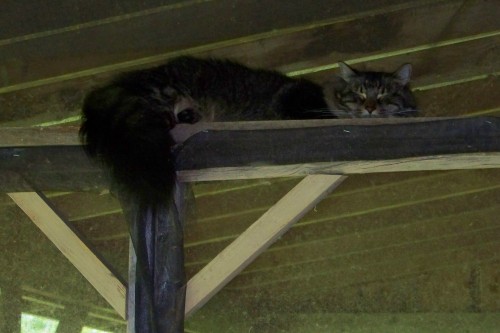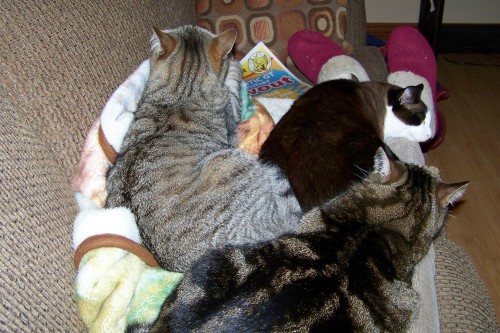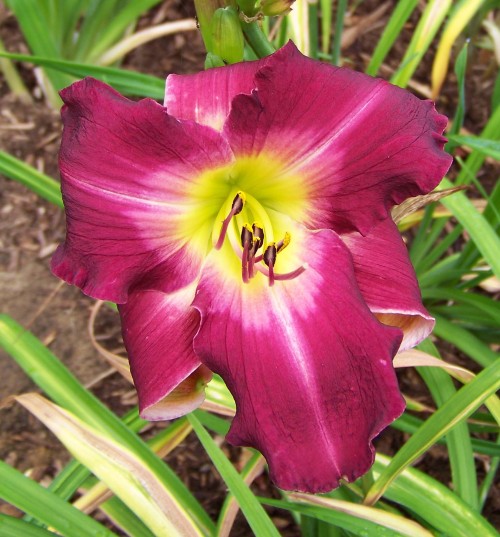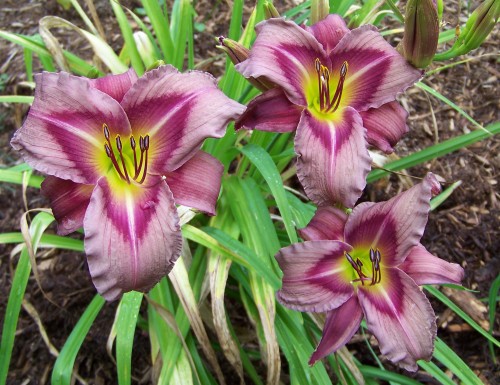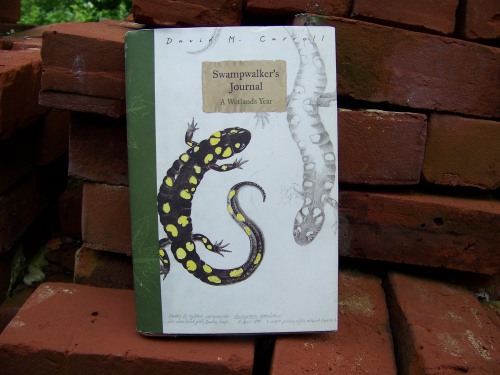
Swampwalker’s Journal: A Wetlands Year by David Carroll. Houghton Mifflin, 1999.
A wetland forms wherever poorly-drained soil collects enough water for the surface to be submerged for all or part of the year. It was once commonly thought that wetlands were wasted ground, best drained to make way for agriculture or other uses. It is now recognized that wetlands are among the most biologically diverse and vibrant of ecosystems. They perform important functions that are vital to the well-being of surrounding areas. In wet seasons, wetlands absorb floodwaters and gradually release the water through times of drought. They filter out sediment and pollutants, cleaning the water we all depend on. Two-thirds of southern Ontario’s wetlands have been lost or severely damaged through drainage, in-filling or pollution, while many of those that remain are threatened.
No one appreciates wetlands more than David Carroll. Much more than a guide, his book is a loving testament to every kind of wetland and a celebration of the many species that inhabit them. To read Swampwalker’s Journal is to walk beside Carroll as he explores a range of wetlands and shares with the reader his abundant knowledge and intense feeling for these special places. The journal begins with the ‘salamander rains’, the spring rain that signals salamanders to begin their annual pilgrimage to the breeding waters of vernal pools. With Carroll, you witness their ‘liebesspiel’, the loveplay of a congress of salamanders come together to mate. After visiting the vernal pool, Carroll leads the reader on to the marsh, the swamp, the pond, river and floodplain, bog and fen.
Swampwalker’s Journal is the last in what Carroll calls his wet-sneaker trilogy that began with The Year of the Turtle and continued with Trout Reflections. Swampwalker’s Journal allows you to visit wetlands without ever getting your sneakers wet, but you’ll want to! At the very least, you’ll be inspired to visit a wetland habitat near you, and with Carroll’s help, you’ll be better able to appreciate the wonders therein.
Wetlands are commonly classed as marsh, swamp, bog, fen, or open water. Many wetland areas include a combination of these.
Here are some wetlands found around here:
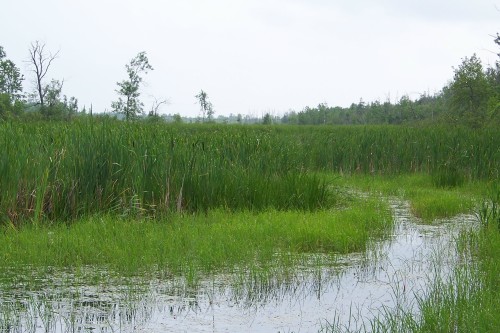
A marsh is characterized by emergent plant species: soft-stemmed plants that grow with their roots in water but their stems above water, especially cattails. The water in a marsh can be up to 7 feet deep or may dry up completely in dry periods.
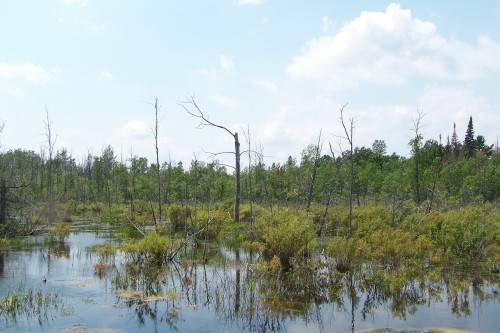
A swamp is a wooded wetland, with 25% or more of its cover comprising woody-stemmed shrubs, such as Red Osier Dogwood (Cornus sericea), and trees that can tolerate wet roots, such as Red maples (Acer rubrum). Swamps may be wet in the spring, but dry by the end of summer.
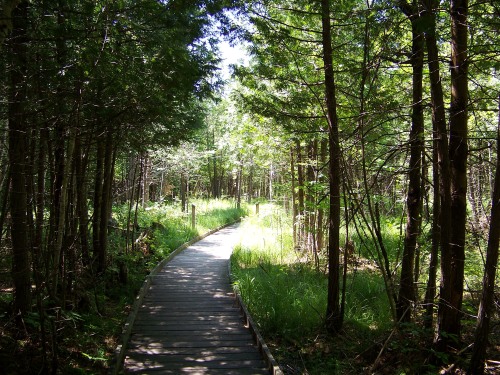
A fen forms when layers of peat (dead plant matter, such as sphagnum moss) build up to form a mat around the edge of open water. The mat slowly grows as live moss at the surface dies and drifts to the bottom of the water. As the open water is gradually filled in, a peatland is formed. While slow-moving water is still flowing through the fen, it rinses out some of the acidity of the peat. Fens support sedges and grasses and low to medium-height shrub cover along with a sparse covering of trees. Fens may require 5,000 years to form. Pictured above is Purdon Fen, which features a large colony of Showy Lady’s Slipper orchids (Cypripedium Reginae).
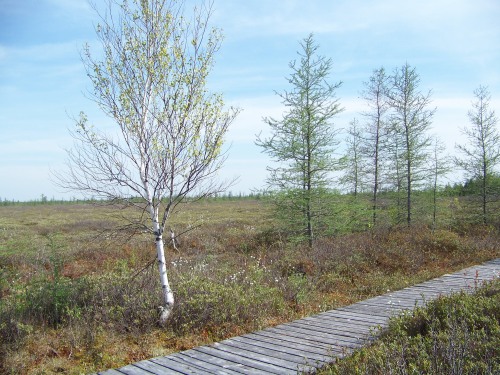
As more and more plant matter accumulates in a fen, the flow of water is obstructed and the only source of water is rain. The peatland then becomes very acidic and a specialized plant community develops. Bogs support Black Spruce(Picea mariana) and Tamarack (Larix laricina) trees, and shrubs such as Labrador Tea (Ledum Groenlandicum). Bogs and fens also feature some very specialized plants, such as insect-eating Sundew (Drosera sp) and Pitcher (Sarracenia purpurea) plants (For more on Sundews and Pitcher plants, visit The Marvelous in Nature, as linked). Bogs are very old, requiring over 10,000 years to form. Pictured above is Alfred Bog.
Read Full Post »

